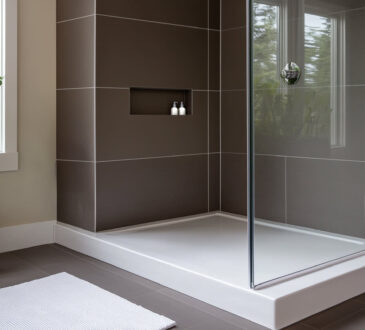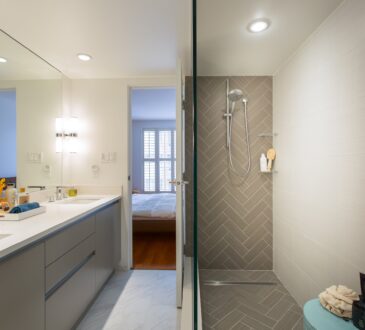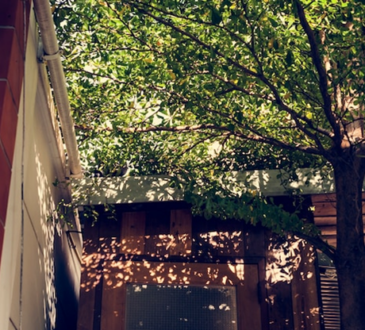
Home additions can be necessary when sufficient space isn’t available to accommodate the possessions you’ve collected over time, when your family becomes larger, or when you simply wish to create more space to enjoy your home while entertaining guests. Many choices exist for extending a home, which can be decorative, utilitarian, as a home improvement investment, or even a fusion of these.
An excellent feature of home extensions, provided they are well constructed, is that they can immediately enhance the attractiveness of any home. A home constructed of brick, featuring a conservatory, for example, can be transformed into an elegant and stately house that exhibits wealth. Alternatively, a house on the smaller side that is enriched with a single-storey extension creates valuable space that can reflect in your home’s ultimate resale value. After you’ve determined which type of addition is the best choice for your home, it’s time to research how you’ll conduct this construction task!
Conservatory
Conservatories are perfect for using as a large greenhouse with seating or a quaint entertainment area in your home. Conservatories are traditionally ornate structures that gained their peak popularity during Victorian times. A conservatory constructed on a large budget can certainly turn a home into a highly elegant structure, but if you have limited funds, a lean.to conservatory can give you that much-needed extra space, without breaking
For your extension to gain classification as a conservatory, builders usually construct 75 per cent from transparent materials, such as glass, and often include glazed walls.
Orangery
Also often dubbed as a sunroom, orangeries were typical fixtures in homes built from the 17th-19th centuries. Constructed on manor-supporting lots and other elite residences, orangeries were employed to facilitate the growth of citrus trees, to entertain guests, and to provide its residents with relaxation. Orangeries are similar in fashion and function to a conservatory. Orangeries are constructed most successfully by professional builders and architects and builders, as they must be built according to building permissions and codes established by municipal and government authorities.
Single Storey Addition
A single-storey extension is an innovative plan when you are seeking an extension used exclusively for practical reasons. Differing from conservatories, single-storey additions aren’t always structured alterations added to make your home more attractive. However, when you plan well, these structures can enhance your home. On the other hand, without proper planning, your single-story addition can jut out unattractively and can even obstruct the view of our neighbours’ or be affected by flues. Therefore, permission from building authorities is invariably necessary when you embark upon a single-story extension project. Also, be mindful that municipal building codes apply to your extension, even if it’s small.
Above Garage Extension
If adequate breadth isn’t available and you desire to extend your home, an above-garage extension can be an intelligent solution. You must take precautions to ensure that your home’s foundation is adequately strong to support an additional structure to your home. Additional foundation laying is typically required, which raises your construction costs. You should seek planning permission and ensure that you comply with established building codes in your locale, even if they aren’t required. These precautions will ensure that both your old and new structures can support one another.
Garage Conversion
A garage conversion is an inexpensive way to generate additional living space in your home. Garage conversion typically provides more space than a loft. However, your garage’s roof design may cause issues with storage space, so be mindful that it’s ideal for replacing your standard garage trusses with attic or storage trusses. Windows are another consideration on which to focus when considering using your garage for living space, as some garages only offer a single window or no windows. Therefore, you will require at least three windows for decent cross ventilation in your converted garage.
Loft Conversion
A loft conversion isn’t considered a true extension, but it’s sometimes regarded as such due to its involvement in converting a general attic into a room that provides more living space. A loft conversion is simpler to conduct than other extensions or conversions, as the structure is already essentially built. A loft conversion is a more intelligent choice than a basement conversion since you won’t have to face the dampness problem that basements can encounter or be required to work around a basement plumbing structure. It’s vital to follow building regulations when you convert your loft.




